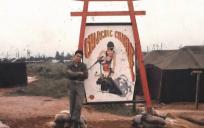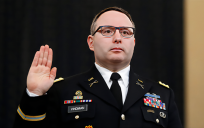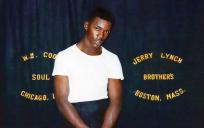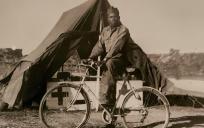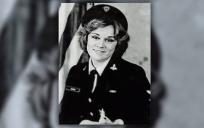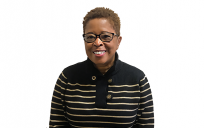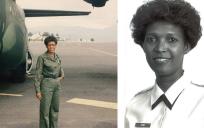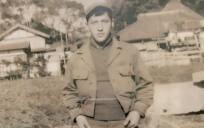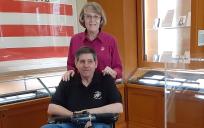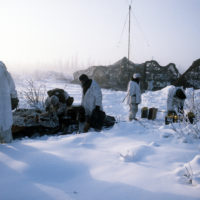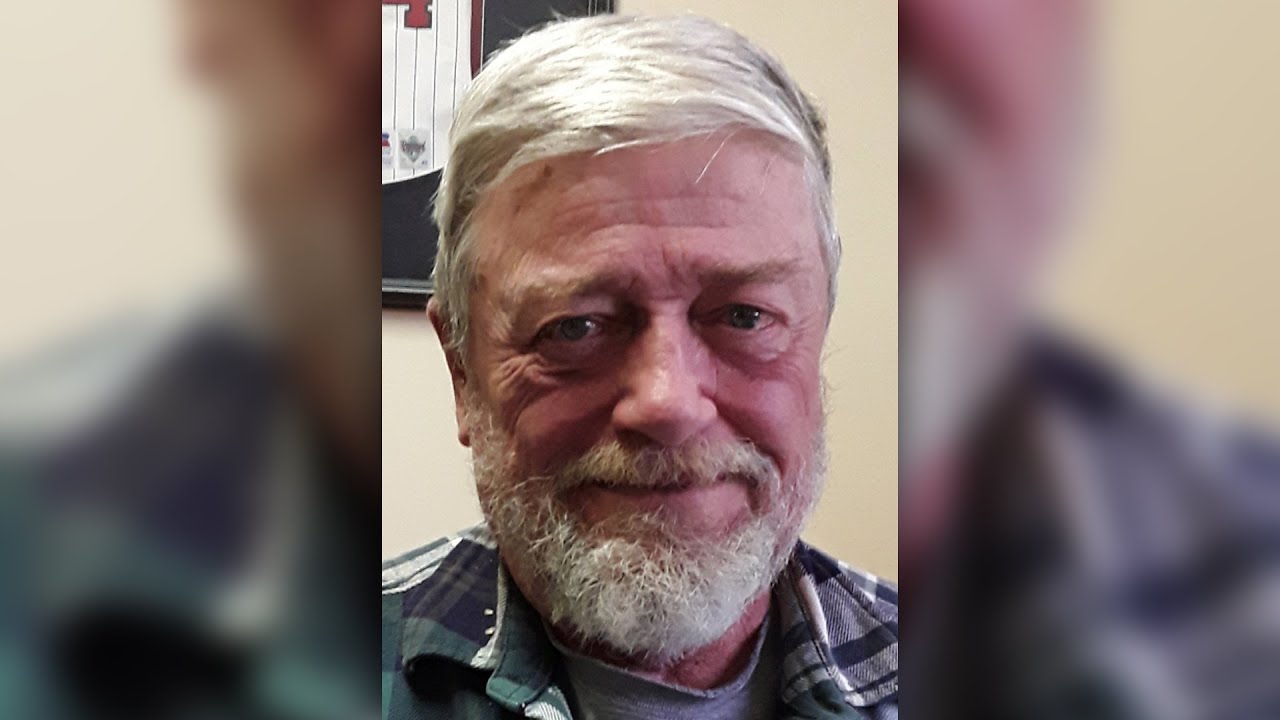Record date:
David Buirge, Major
From flying helicopters during the Vietnam War to running the transportation piece of a major Arctic exercise, Major Buirge is a far cry from the self-described “filler”.
Growing up in Saint Paul, Minnesota in the 1950s, Buirge relished the fact that kids managed their own activities. After high school, he began to study at the University of Minnesota, but between working full-time, and visiting his girlfriend, school was not his focus. He enlisted in the US Army in December 1965 with the goal of training at the US Army Helicopter Flight School.
Basic training at Fort Polk, Louisiana in the winter meant continuous wet, though he found bootcamp to his liking. Buirge graduated in February 1966 and married his girlfriend. About a month later, he began Helicopter School at Fort Wolters, Texas. The training process was multi-phased and rigorous, but Buirge took to helicopter like a bird to the sky. He especially liked flying auto rotations, where the engine was intentionally cut before landing. He also learned how to shoot a gun while piloting. The men lived out the motto, “Cooperate and graduate.” Buirge lived in the barracks during the week but spent the weekends with his wife at a rented apartment nearby. After graduation, the couple endured a tumultuous month. He then began the course on advanced helicopter training at Fort Rucker, Alabama, where he trained on the more complex helicopters such as the Bell UH-1 Iroquois “Huey” which was highlight for him. The Huey was used for troop transport and medevac and one model was even adapted as a gunship. Buirge also mastered tactical instrument training, where piloting was only guided by the helicopter instruments alone. He also practiced landings in rough environments such as woods and landings at night. After four months, Buirge graduated in January 1967 and in February, he landed in Vietnam.
Buirge was assigned to the 34th General Support Group (aviation maintenance) 14th Transportation Battalion 604th Transportation Company at Pleiku in the Central Highlands. This unit was responsible for the direct support of helicopters in the entire area. Additionally, he tested these vehicles after the repairs had been done and recovered helicopters and small planes in need of rescue. Buirge flew 100-150 rescue missions, starting with his first night in Pleiku. He benefited from capable superiors such as Major Stephenson and appreciated the motivated soldiers under his command.
Buirge’s last month in Vietnam coincided with the Tet Offensive. He flew daily to Đức Thọ to recover downed helicopters and a heavy attack on Pleiku. Buirge was also frustrated by the rules of engagement. He recalls a helicopter commander contacting Saigon, who in turn called Washington for permission to shoot at the enemy amid combat. In February 1968, his tour ended but between attacks at the airport at Nha Trang and at Cam Ranh Bay, he was not sure if he would make it back home!
Once back on American soil, Buirge in uniform, was “greeted” by civilians swearing at him at the airport. It was also emotional meeting his son, Michael, who was born when he was in Vietnam. Next, the young Buirge family moved to a trailer at Williamsburg, Virginia close to Fort Eustis. As part of the Republic of Vietnam Environmental Branch there, Buirge instructed officers on helicopter maintenance and taught door gunners how to shoot the complex M-60 gun. He also worked on McNamara’s Project 100, 000. His second son, Jeffrey, was born there in 1969.
In March 1970, Buirge left on his second tour to Vietnam, this time in Phu Loi in the south, as a platoon leader for aviation maintenance. In contrast to the first tour, race issues and drug use were rampant. A convicted drug dealer in his unit objected to his shakedowns on drugs by planting C4 explosive in the hooch which he shared with Captain Barefoot. With the US giving equipment to the Southern Vietnam army, he was disheartened that the allies did not understand helicopter maintenance and that some officers even dumped helicopters after recreational use.
Returning to the stateside, Buirge found himself at the Yuma Proving Ground, Arizona for three years. He was then selected for a direct commission to first lieutenant in a transportation corp. An advanced course in Fort Eustis and degree completion at Saint Leo College, outside of Tampa, Florida followed. Determined to reach Alaska, Buirge’s assignment officer eventually found him a position at Fort Greely, in 1976.
Fort Greely, with only seven hundred people, was the home of the Northern Warfare Training Center and the Cold Regions Tests Center, CRTC. Buirge was the director of Directorate Plans, Training, Mobilization and Security and later a company commander. As chief of the airfield, with CRTC, he consolidated the aviation from the garrison or installation side of the base and aviation from the test center.
Buirge was then referred to the Army’s think tank in Bethseda, Maryland where he developed helicopter attrition rates in mid-intensity war. However, sitting in a cubicle at the computer did not suit him. He was assigned back to his desiderata: Alaska, this time to the United States Army Alaska Command] based at Fort Richardson as the installation transportation officer. One important responsibility was receiving equipment either shipped up or flown up from the lower forty-eight states to Alaska which then required loading on rail cars as part of Brim Frost, a major Arctic exercise.
Although Buirge was just promoted as a lieutenant colonel, as a reserve officer, he had to comply with mandatory retirement after twenty years of service, at the rank of major. He did so because he wanted to be close to his adolescent sons. Within about a year, he was hired for the exact same job except that this time it was part of the civil service. He worked as the installation transportation officer for the next twenty years.
In retirement, Buirge and his wife, Kathy, live in Palmer, Alaska and winter in Chicago to be close to their grandchildren. Buirge volunteers at the Alaska Veterans Museum and shares the state’s fascinating history in this interview. David welcomes back veterans at the airports from Honor Flights and Kathy participates in Quilts of Valor Program which gives veterans quilts upon their return from Honor Flights. They both wish to redress the “homecoming” of Vietnam veterans and ensure that each one feels truly honored.
